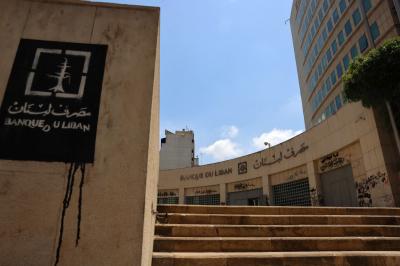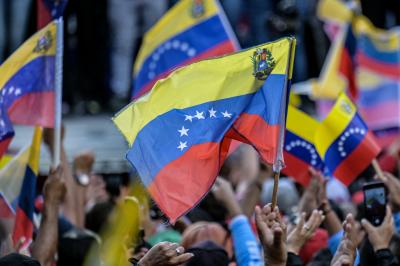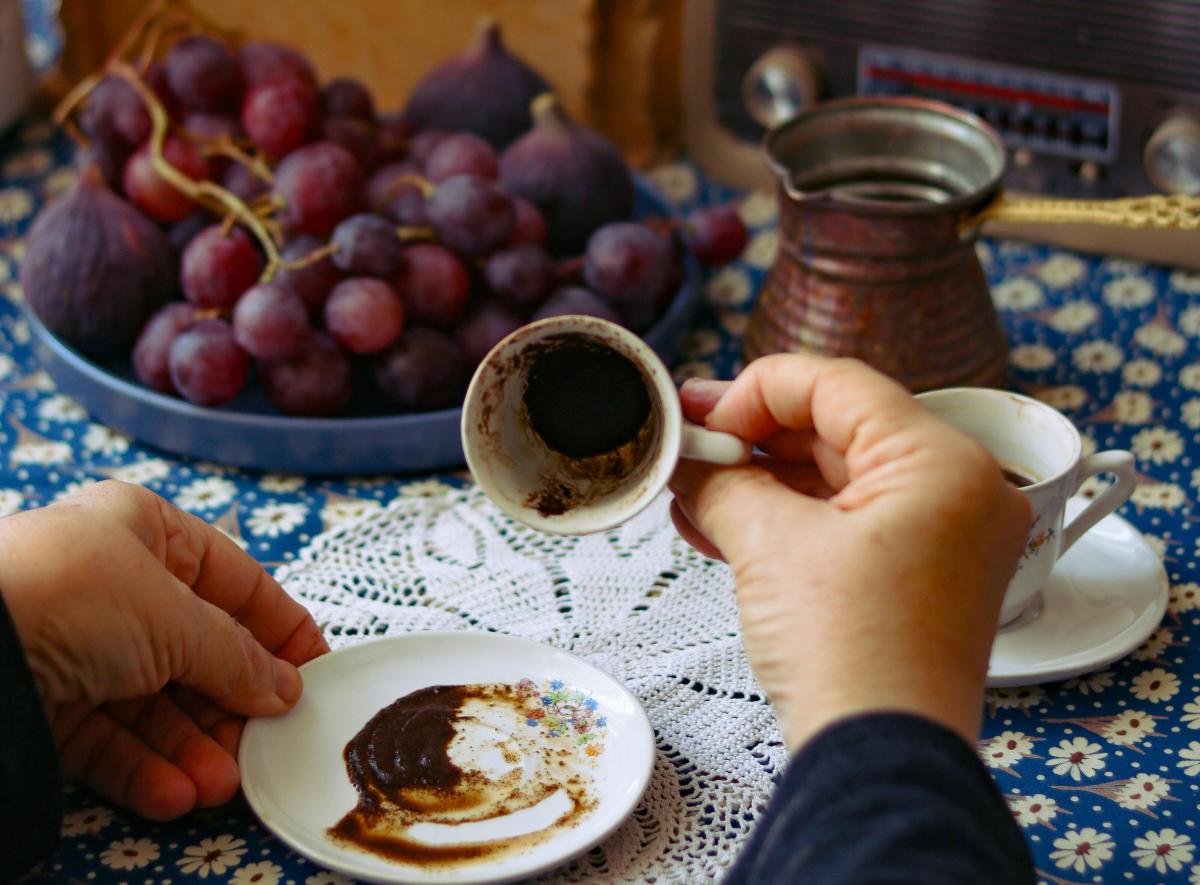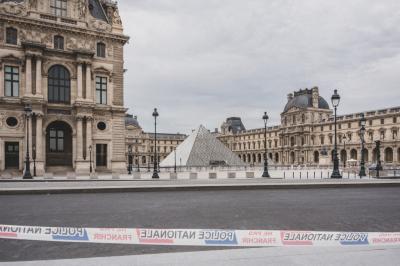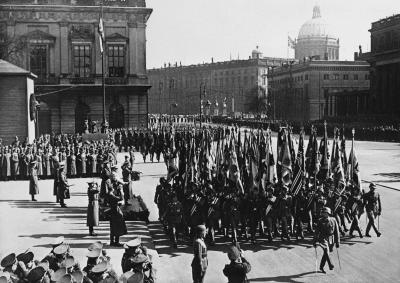In the corridors of Ottoman palaces, where Sultan Suleiman the Magnificent ruled over the empire amidst the whispers of the harem and the words of wise men, the rituals of Turkish coffee were born, carrying with them warmth and mystery. Among slow sips and overturned cups, a unique custom began to take shape in popular imagination: coffee cup reading.
It wasn’t just a fleeting pastime; it evolved into a symbolic art known as tasseography, the interpretation of coffee grounds left at the bottom of the cup to explore inner thoughts and foresee the future.
Where did it all begin?
The origins of fortune-telling trace back to ancient China, where seers would read tea leaves in porcelain cups. With the rise of coffee in the Ottoman Empire in the 15th century, the practice transitioned from tea to coffee. In Istanbul, as Turkish coffee became a part of daily life in the royal court, the habit of flipping the cup after drinking took root, and the women of the sultan’s harem began practicing the art of reading the remaining patterns — as a form of entertainment, and perhaps as a way to divine a mysterious future.
It is said that Sultan Suleiman the Magnificent (1494–1566), who presided over one of the empire’s greatest eras, was fond of coffee and allowed coffee cup readings to take place within the palace — possibly as a way to gather women or even to subtly seek advice on personal or political matters.
The Art of Symbols: What Is Your Cup Telling You?
In cup reading, the coffee residue patterns are not left to randomness. They are interpreted according to their shape and position inside the cup. Some of the most common symbols include:
- Bird: A message or happy news on the way.
- Heart: A romantic relationship or a forthcoming engagement.
- Eye: Envy or surveillance from someone close.
- Tree: Family roots or stability.
- Ring: A wedding or upcoming partnership.
- Road: Travel or a major change.
From Fortune-Teller to Artificial Intelligence
Some may believe that fortune-telling is the domain of grandmothers, neighbors, or street market fortune tellers. But surprisingly, artificial intelligence — like ChatGPT — is now capable of reading coffee cups too! By analyzing a photo of an overturned cup, the system can interpret the shapes based on a vast symbolic database. While the spiritual or intuitive element is still missing, technology is paving the way for a new generation of digital cup readers.
Please post your comments on:
[email protected]
 Politics
Politics
